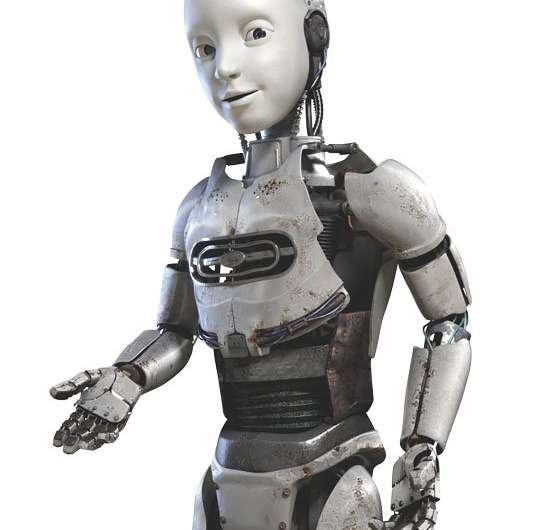Study finds children think flexibly about gender identity

Children may think more flexibly about gender identities than previously thought, according to a study by Vanderbilt researchers.
Sara Beck, doctoral candidate in developmental science at Vanderbilt's Peabody College of education and human development, led a first-of-its kind study that examined children's reactions to a genderless character on the Amazon children's television program Annedroids.
The live-action series features "PAL," a human-like android programmed to choose its own gender by a young scientist named Anne. In a series of episodes, PAL explores the meaning of girlhood and boyhood. Ultimately PAL chooses not to adopt a binary gender identity, and "just be me."
Beck and her team conducted a multi-method pilot study featuring individual interviews with 8- to 10-year-olds (15 girls and six boys) in the Southeast United States. The researchers and participants co-viewed segments of the show in which PAL explores gender identity. PAL joins friends in various situations, including a school dance, where boys and girls stand on different sides of the room.
Using dialogic questioning, the researchers asked participants if they thought PAL should choose to be a boy or a girl, and why. They recorded the children's answers and measured the flexibility of their attitudes about gender stereotypes before and after viewing.
"Our results suggest that exposing children to this type of genderless character and engaging in one-on-one conversation about the character's gender identity may have the potential to encourage more flexible thinking in children who hold rigid gender stereotypes," Beck said. When asked which gender the children thought PAL should choose, half of the children thought PAL should not specify a gender, even though "neither" was not given as an option. One said, "I think PAL will choose to not be a he or a she but to just be PAL."
This sentiment was echoed throughout the inquiry. Researchers found that children who initially believed PAL should choose a gender showed increased flexibility in thinking about gender after viewing the selected clips. When asked what they thought about PAL's ultimate choice to remain ungendered, the majority of children responded positively to PAL's choice with comments like, "It's a good choice to be yourself."
With a few exceptions, children's television characters are clearly gendered. Boys are typically portrayed as smart and aggressive and girls are portrayed as more sensitive and relationship-oriented.
"We saw that children were well aware of society's expectations about behavior based on binary gender identities," Beck said. "But it was promising to find that so many children had empathy for a character who did not fit into a binary gender role."
More information: "PAL can just be Themself". Children in the US Respond to Annedroids' Genderless TV Character. nordicom.gu.se/en/node/38964
Provided by Vanderbilt University

















